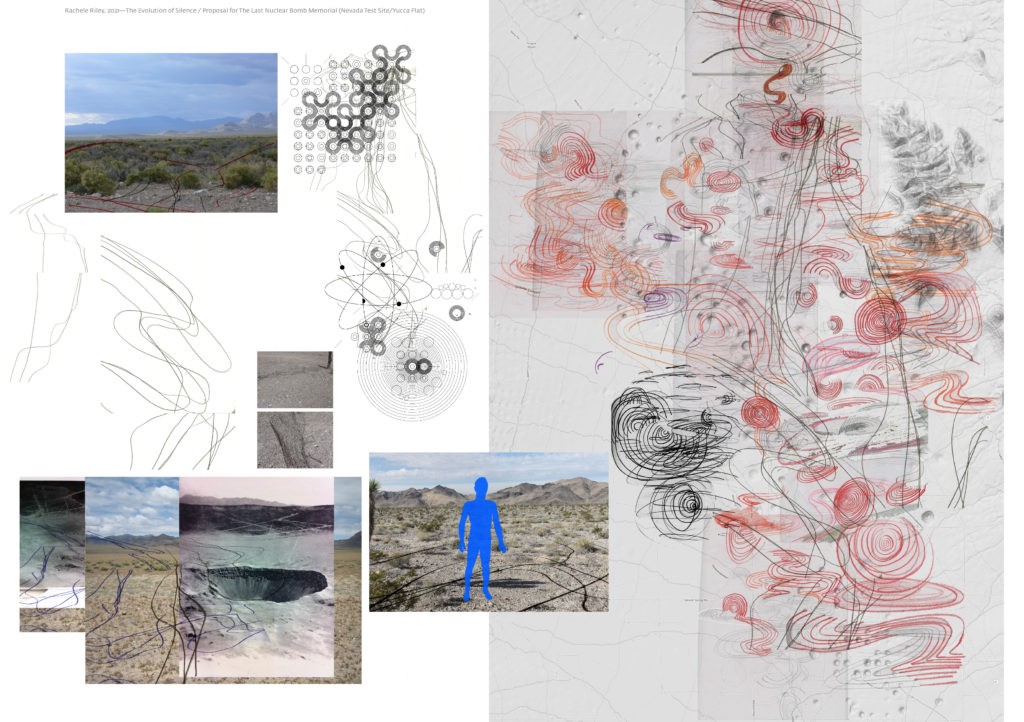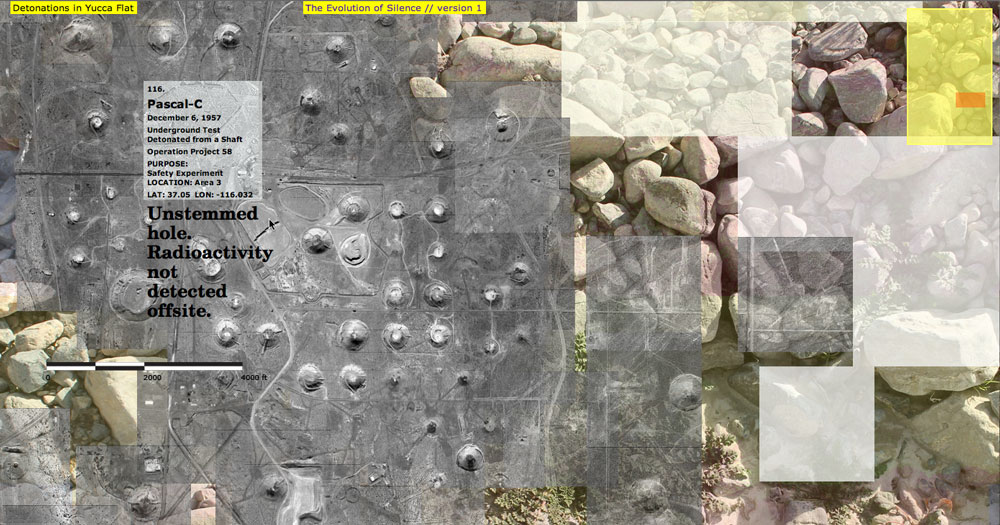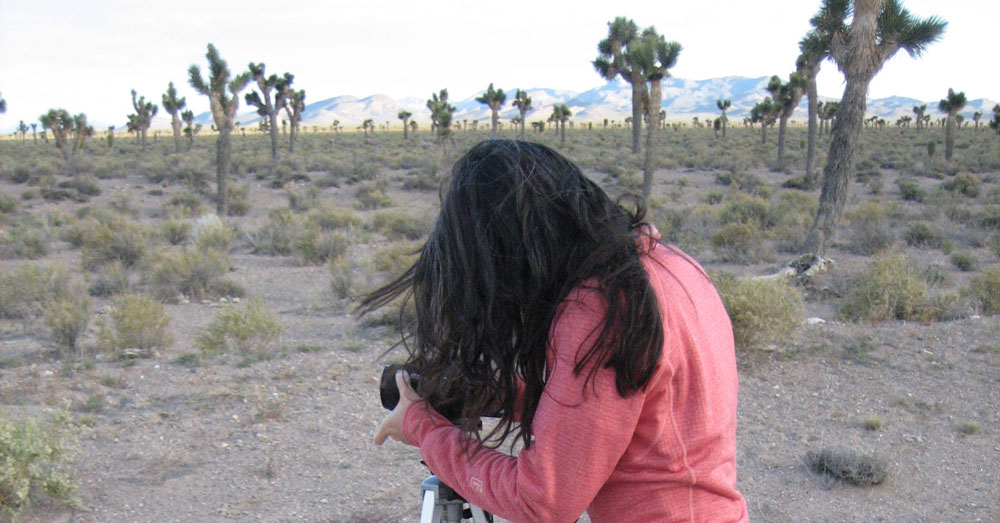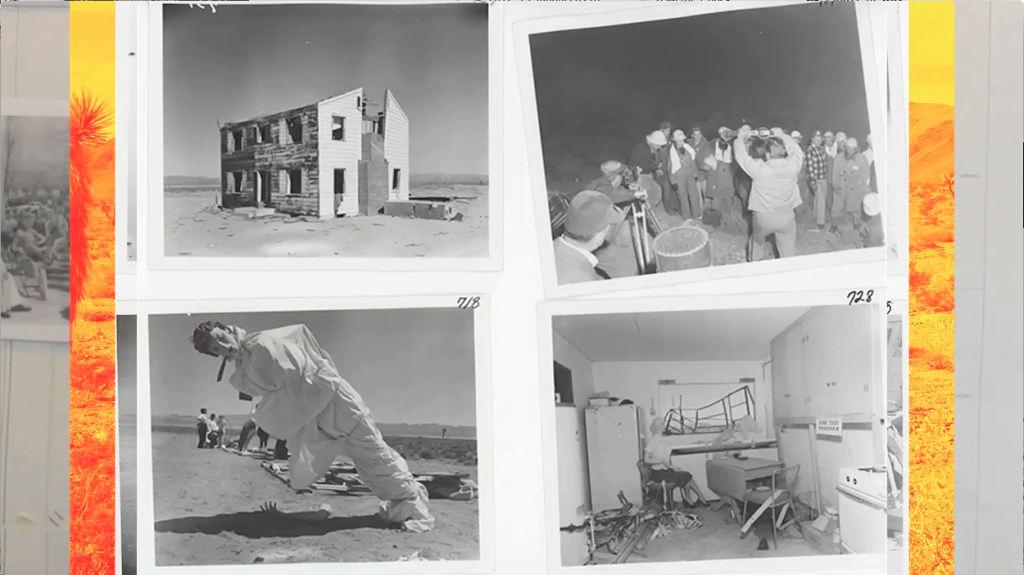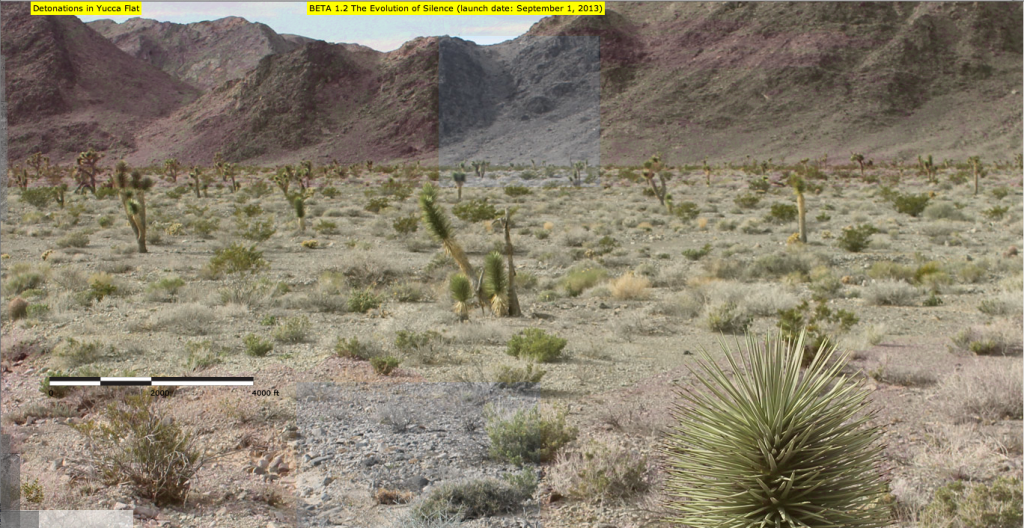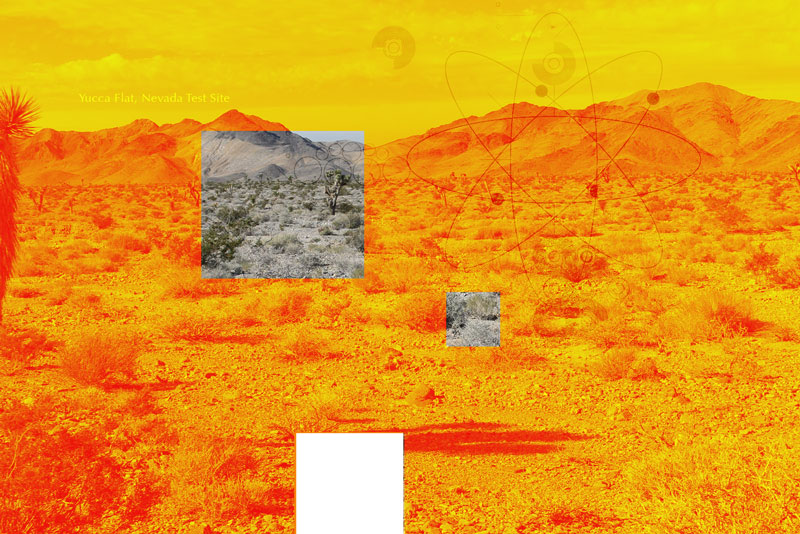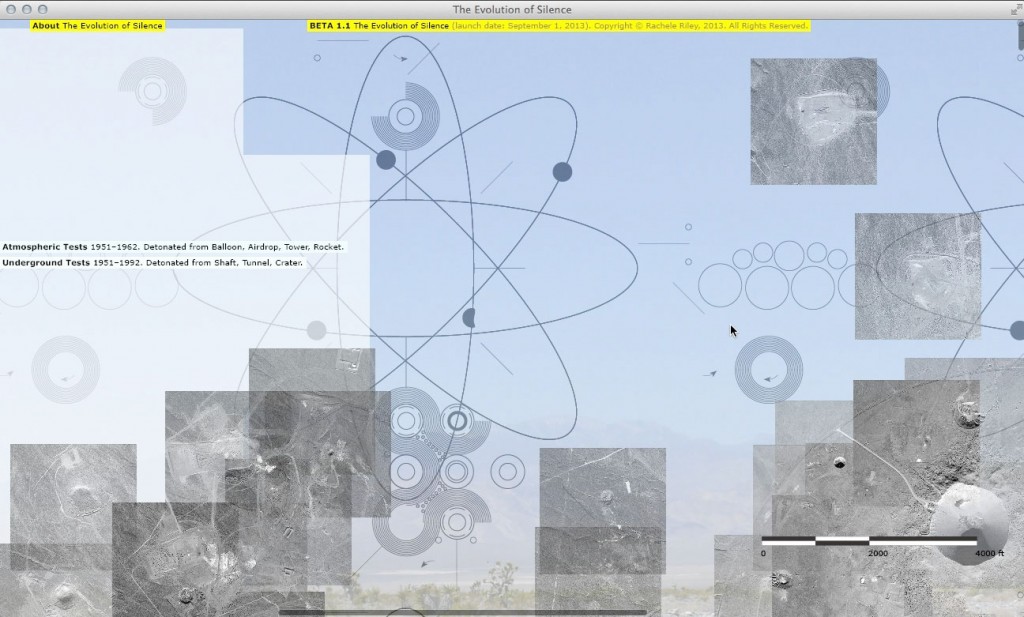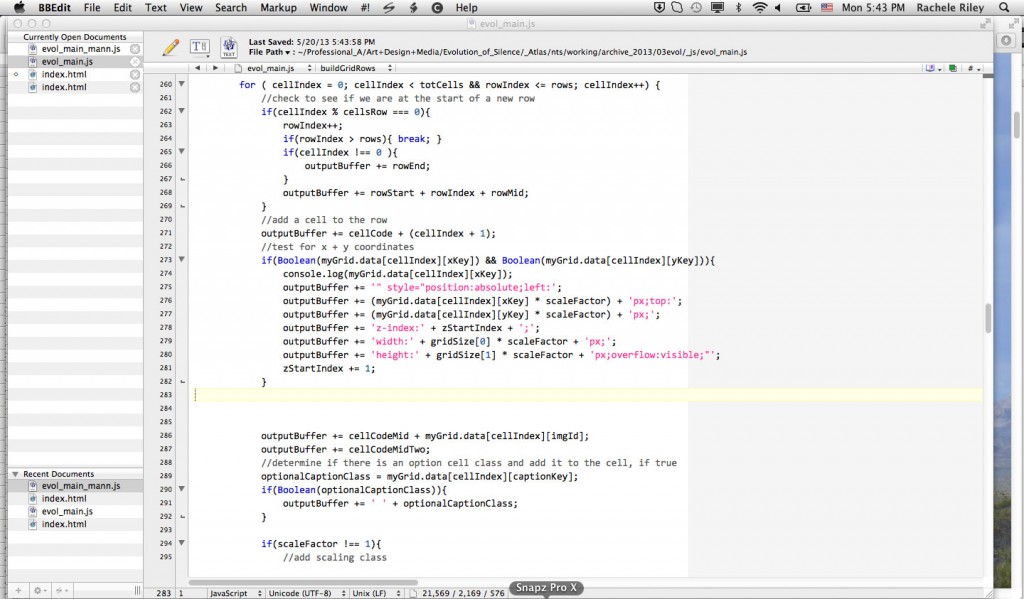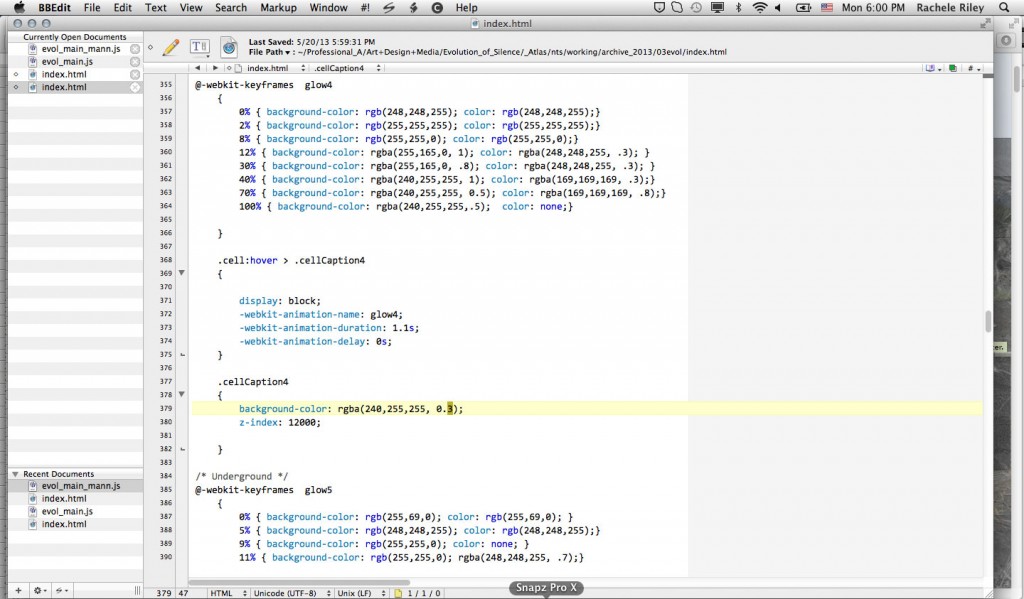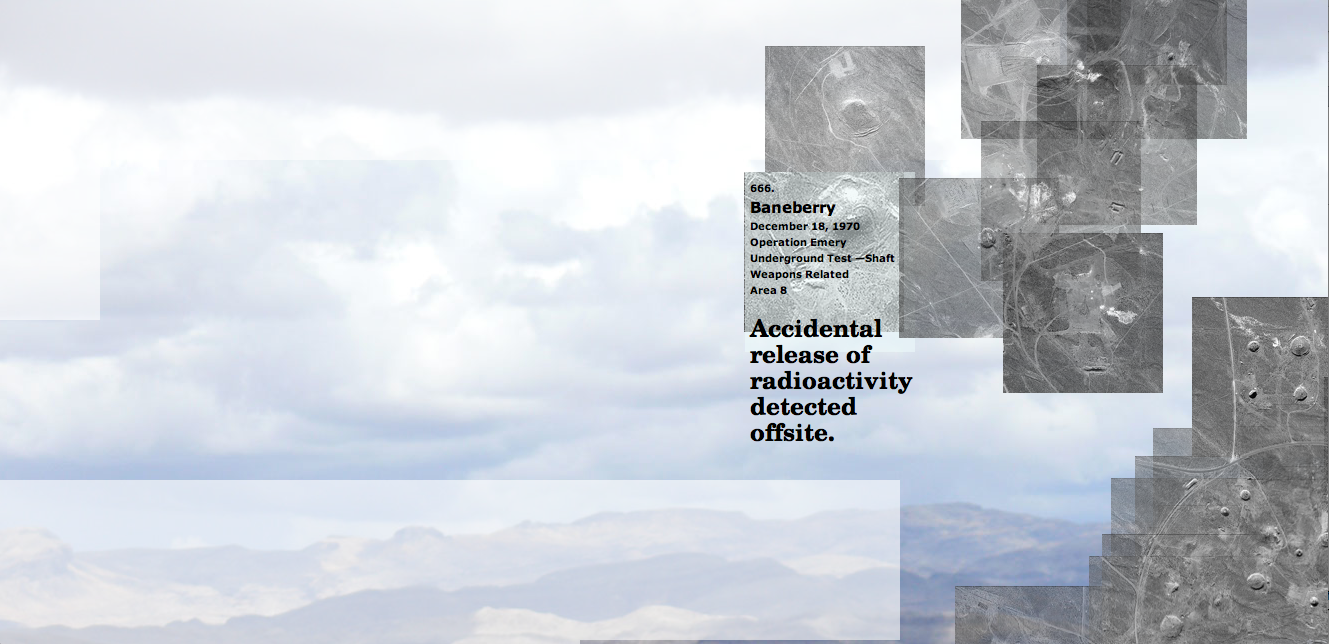I am so pleased to announce that The Evolution of Silence will be included in the 2014 SIGGRAPH Art Gallery this August! The exhibition will take place from August 11–14, 2014 in Vancouver, BC, and is held in conjunction with 2014 SIGGRAPH: an International Conference and Exhibition on Computer Graphics and Interactive Techniques.
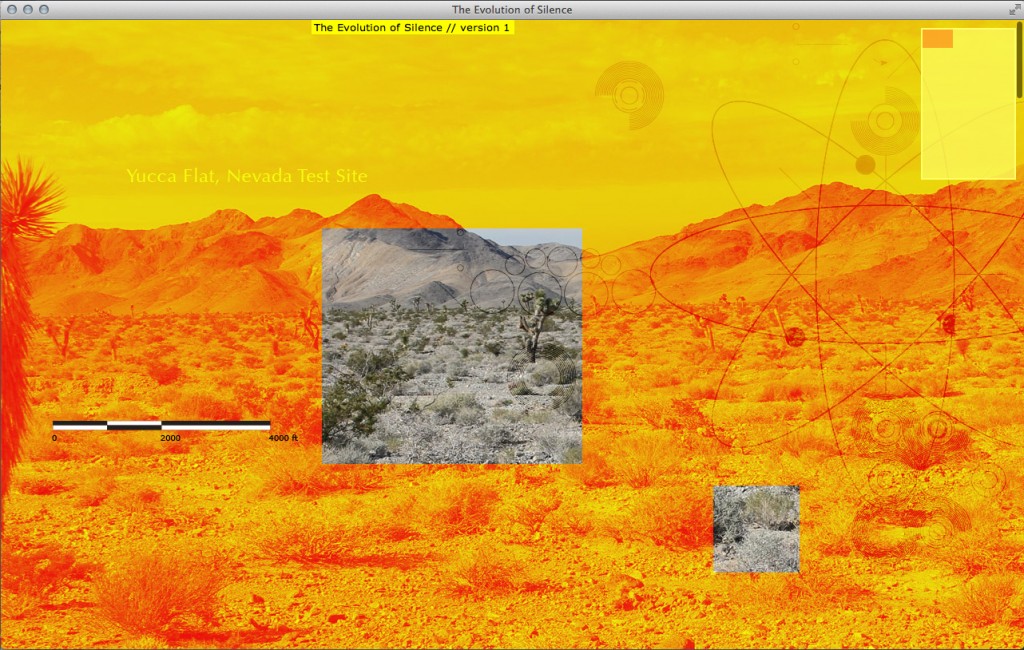
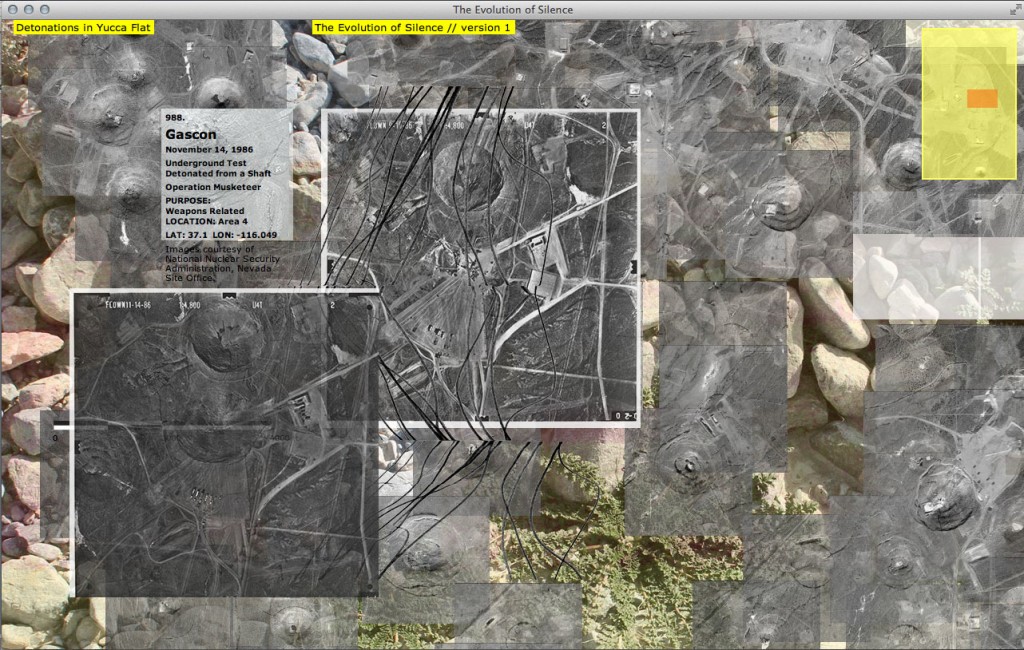
The theme of the SIGGRAPH 2014 Art Gallery is “Acting in Translation.” (from their open call) ‘Translation indicates a detached and forward movement from the source. It is also a freeing act, which paradoxically contains a burden of responsibility for the source. Therefore, this movement has limits and fine borderlines, yet it could designate “more” than the source. Translation is a call for other realities and also another way to see other realities. Translation can also blend “fact” with fiction by blurring the difference between them. In this vein, “translation” as a term could be interpreted in multiple ways on different layers of perception. While this term indicates a mechanical act, it may also refer to global and local societal developments such as resistance movements, alternative economies, information leaks, migration flows, mobility, etc.’
All types of work are submitted to SIGGRAPH: 2D and 3D artworks, interactive, electronically mediated Augmented Reality (AR), mixed-media installations and performances, web-based art, responsive media, time-based works, works leveraging mobile technologies, works using digital communities and social media, robotics, touch-screens, wearable art, mediated music, sound and audio.
I am very excited to be showing in this context. Instead of showing it from a monitor screen, this time I will be projecting onto a floating screen constructed at an angle. The goal is that the landscape and map will appear as an extension of the space and the user.
This year’s jury includes:
Basak Senova (curator and designer; the Art Gallery Chair 2014; lecturer at Department of Media and Visual Arts at Koç University),
Mona Kasra (artist and educator; the Conference Chair 2016; digital media scholar at University of Texas),
Amit Zoran (HCI and craft researcher; the Art Gallery Chair 2015; Post-Doc at the Fluid Interfaces Group, MIT Media Lab),
Kate Armstrong (curator, artist and writer; Director of the Social + Interactive Media Centre at Emily Carr University of Art + Design),
Cezanne Charles (artist, designer and policywonk; Co-Director of rootoftwo – hybrid design studio, Director of Creative Industries at ArtServe Michigan), and
Mushon Zer-Aviv (designer, educator and media activist, faculty member at Shenkar College of Engineering, Design and Art).
There will be an opening reception on Tuesday, August 12 from 2–3:30 pm. In addition I will be giving an Artist Talk on Wednesday, August 13. Here is the full schedule of talks and projects:
Tuesday, 12 August
Art Gallery Talk SESSION 1
Moderator: Basak Senova, Koc University and SIGGRAPH 2014 Art Gallery Chair
Tuesday, 12 August, 2.00pm -3:30 pm
Art Gallery Panel: On SIGGRAPH Art Gallery: Basak Senova in Conversation Sue Gollifer, Mona Kasra, and Burak Arikan.
Wednesday, 13 August
Art Gallery Talk SESSION 2
Moderator: Basak Senova, Koc University and SIGGRAPH 2014 Art Gallery Chair
Wednesday, 13 August, 10.45-12.15 pm
Points of View
Zohar Kfir
Subway Stories
Alon Chitayat Animishmish Studio/ITP and Jeff Ong ITP, New York University
The Evolution of Silence
Rachele Riley
Art Gallery Talk SESSION 3
Moderator: Basak Senova, Koc University and SIGGRAPH 2014 Art Gallery Chair
Wednesday. 13 August, 2:00pm -3:30pm
Can digital art have the same emotional impact and historical significance as masterworks in painting, drawing, and sculpture?
Joseph Farbrook, Worcester Polytechnic Institute
Mother
Inmi Lee, Kutztown University
Thursday, 14 August
Art Gallery Talk SESSION 4
Moderator: Basak Senova, Koc University and SIGGRAPH 2014 Art Gallery Chair
Thursday, 14 August, 10.45-12.15
On Everyware
Hyunwoo Bang
Yunsil Heo
Everyware
Technological Error, Power and Metamorphosis
Emilio Vavarella
From Virtual to Reality
Ed Konowal/GraphicsNet
/////
Thanks again, everyone, for helping me fund my project and enabling me to take it to this level. I am very grateful!
